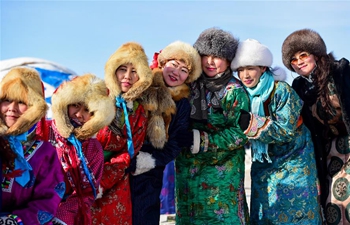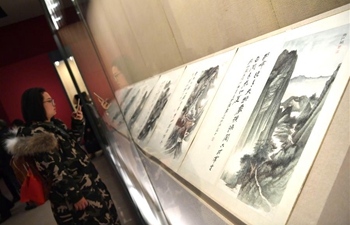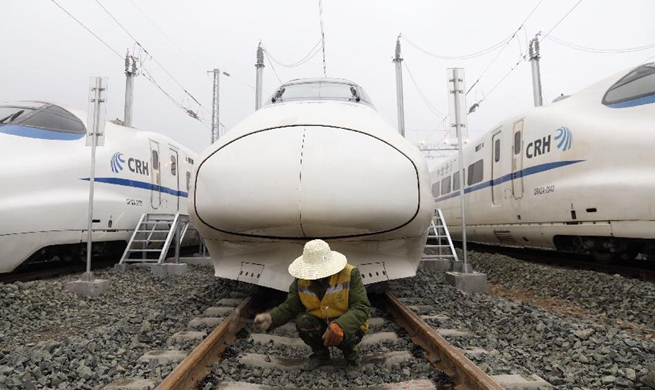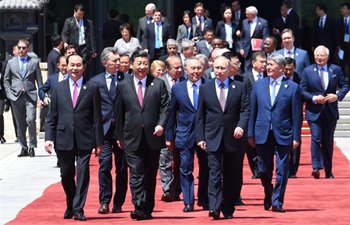ZHENGZHOU, Jan. 17 (Xinhua) -- Chinese and Mongolian archaeologists have unearthed rare artifacts in a joint excavation in Mongolia.
The artifacts include iron belts inlaid with gold and silver and iron swords with wooden scabbards, said Zhou Ligang, head of the Chinese archaeological team.
They include pottery, ironware and bronze items typical of grassland culture, as well as items produced during China's Han Dynasty (202 B.C. -- A.D. 220) such as bronze mirrors, Zhou said.
"This shows that China had close exchanges with the Xiongnu group during the Han Dynasty," he said.
The Xiongnu people were an alliance of nomadic tribes also known as the Huns that emerged around the end of the third century B.C. and had a huge impact on Chinese and world history. During the Han Dynasty, the Xiongnu and China clashed several times.
Launched in July 2017, the collaborative team has been cooperating on surveys, mapping, excavation and research on a Xiongnu cemetery in Arhangay Province in Mongolia. The site has more than 400 known tombs.
The project was livestreamed on Sina Weibo.

















